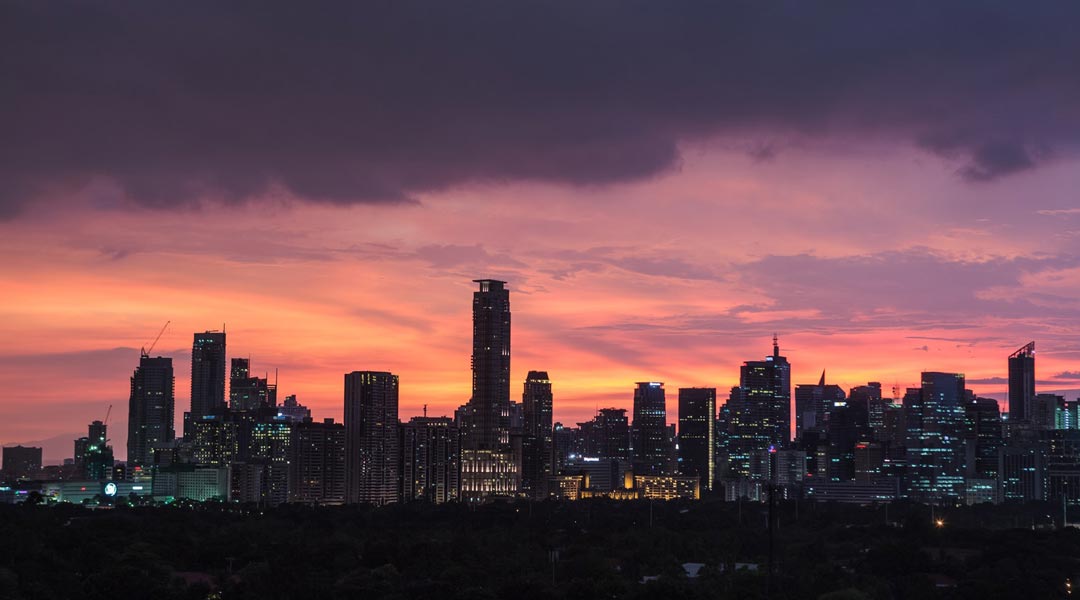
Why we need to get our tall buildings right
Here’s a nice tidbit from BluPrint’s first issue (which dates back to 1999). In his speech to that year’s batch of architecture graduates, Geronimo V. Manahan warns us of the dangers of tall buildings. And in an age where skyscrapers are the bristles of our city skylines, such a caution may sound anachronistic. However, the passage below remains laden with insight for what we’ve always longed for: human-scaled living.
Do not build tall buildings for the sake of being tall. That is greed. That is ignorance. There is abundant evidence that living in tall buildings affects the mental and social well-being of families, especially children. High-rise living takes people away from the ground, from the casual everyday society that occurs on the streets. Forced isolation causes individual breakdown.
In both housing and office buildings, the problems begin when buildings are more than four stories high. At three or four stories, one can still walk comfortably down to the street, and from a window, the individual can feel part of the street scene. The “four-storey limit” is an appropriate way to express the proper connection between building height and the health of people. Of course, a building five stories high, perhaps even six, might work if handled carefully.
In any urban area, no matter how dense, keep majority of the buildings four stories high or less. It is possible that certain buildings exceed this limit, but these should not be for long-term human habitation. Do not take the four-storey limit to liberally. Occasionally, exceptions from the general rule are important to establish high points in a high place.
Punctuating the height limit by tall buildings with special functions can help build the character of places. High places are landmarks throughout the city. They can be a natural part of the topography or part of the roofs of the highest local buildings. In any case, be sure to include a physical climb to the high place. To get a full sense of the magnificence of the view, it seems necessary to work for it, leave the car or elevator, and climb. The act of climbing, even only a few steps, clears the mind and prepares the body.
When you have the opportunity to design a tall building, be sure you know how to do it. Tall buildings are a very special breed. You have to properly grapple with its technology and avoid the revenge of unintended consequences. In tall buildings, there are plenty opportunities for technology to bite back.
When the contextual idea of the tall building is forgotten and becomes an end in itself, the place’s townscaping quality is compromised. Do not resort to past vocabularies for a revolutionary building type. It will be out of character with the spirit of the new age.
Urban design and land use policy for tall buildings became a serious global concern in the late 70s. This is the concern of most cities in Asia today; more so the cities of Metro Manila. In the 80s, most large skyscrapers contained at least some sort of public atrium. These distinguished the new buildings from their predecessors, and signaled a more humanistic attitude and urban concern in tall building design. Do not allow the structure to turn away from its urban context. We cannot allow such buildings to mar the fabric of Philippine cities.
The disregard for context, culture, or history will cancel the excellence of design of each building. This will nullify the prestige component of tall buildings. The urban cores will choke itself to dysfunction. The lessons of collective order, as first expressed in the design of the Rockefeller Center, must be learned well. ![]()


